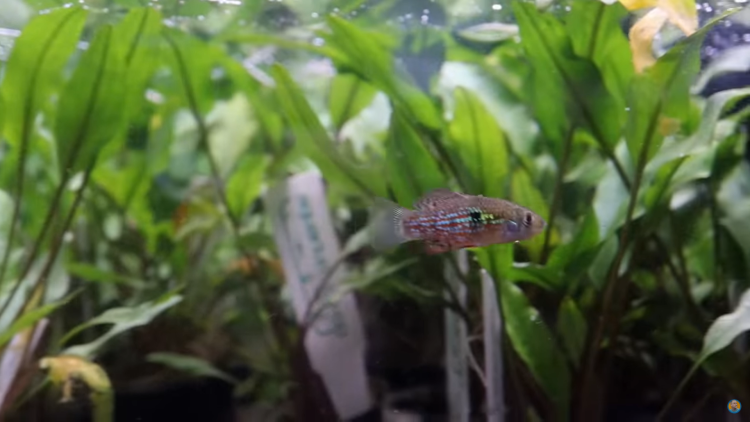Is Your Substrate Ruining Your Planted Tank?
- Sep 15, 2024
- Anshika Mishra
- 205 0 0

You tried everything I could think of to make this tank thrive, from changing fertilizers to fine-tuning the lighting, but none of that made a dent in the everlasting issue of algae and declining plant health. Little did you know that the issue had deeper roots.
How to Spot Anerobic Substrate?
People might overlook The issue in many places, such as the substrate. If you notice that the top growth of some of your plants is always healthy, but the bottom portions are melting or getting infested, you might suspect a nutrient deficiency such as nitrogen.
However, this can also indicate an issue with the substrate. It can be hard to spot sometimes since plants may block your view. One way to confirm this is to uproot the plants with as little force as possible. If the plants are easily uprooted, you either didn't plant deep enough or have a substrate problem. Seeing blacked roots or mushy bottom stems is also an indicator.
Additionally, if you start to see Cionobacteria or some brown stuffing developing in the substrate but not on plants or equipment, this indicates that the substrate has gone anaerobic, meaning it's deprived of oxygen. There is a lot of debate about whether an Anaerobic substrate is a good or bad thing. Anerobic bacteria can produce carbon dioxide and are where iron is in its Fe+2 state, which is easier for plants to obtain. But they can also produce H2S.
Most soils will become anaerobic. The best way to combat this is with oxygen. Fortunately, plant roots can oxygenate substrate, but that also depends on how strong their root system can grow. Small or delicate plants may not have an intense root system.
Fixing Anaerobic Tank
This can result in anaerobic bacteria overrunning that area. So, how do you fix it? Remove any weak plants. Ideally, you can uproot an entire section of plants and start cleaning the substrate as much as possible. Afterwards, you'll have to add fresh aqua soil to the area.
You can remove any old Aqasoil you like and start replanting. When you do start to replant, only pick the healthiest pasts. This means you may have to trim the plant. Also, take a look at the health of the stems. The stems should not be skinnier than the norm, nor should they be mushy.
While the roots should be white without any black or browning, they also trick any stems that have been growing since the shoots.
Clean Your Substrate
The issue can be in single areas, usually with background stems or regions with less plant mass. Of course, if you dlant to re-scpae, tt ultimately doesn't matter. As for residue, while it is true that it can provide nutrients to plants, it's not enough. That's why cleaning the substrate every once in a while is essential, especially if you plan to add more delicate plants. It may still take the plants to show any meaningful growth. But the work pays off.







About author